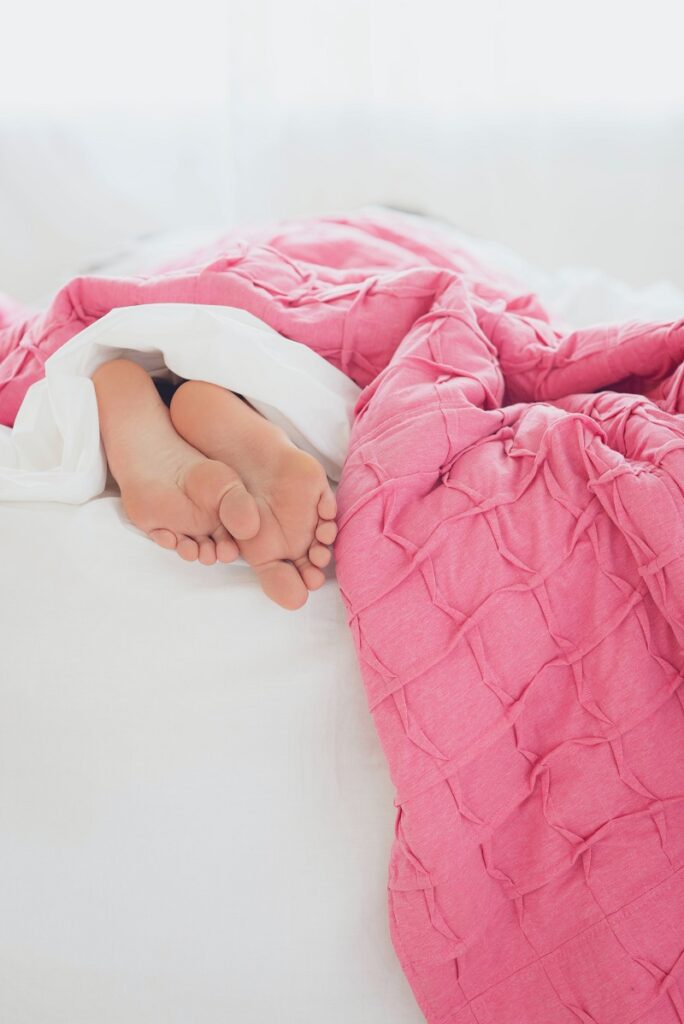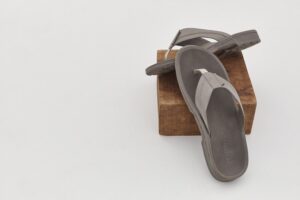When it comes to our feet, there are more factors that differentiate them than size alone—for instance, the height of our arches. The arches of our feet play a significant role in our ability to walk, run, and jump comfortably. Unfortunately, when arches are too low, they can also be the source of pain in the feet, ankles, and knees, as well as problems like impaired balance and trouble getting around.
When dealing with achy or stiff feet, you may have some questions, like are low arches the same as flat feet, what does it mean to have low arches, and is there anything I can do to support my arches?
For all intents and purposes, the terms “flat feet” and “low arches” are synonymous. They both refer to a condition in which the entire foot rests on the ground when standing. This differs from a normal arch that’s slightly raised from the ground when standing. To learn more about the causes and impacts of low arches, as well as steps you can take to support your feet, keep reading.
Low Arches 101: Everything You Need to Know About Flat Feet
If you yourself have a low foot arch, rest assured you’re in good company. About a quarter of the population deals with this condition.1 Flat feet are typically caused by genetics, so your children will most likely have them if you do.
In fact, many children start out with flat feet and develop their arches by the age of five or six.2 This is because our arches are made up of thick bands of ligaments and muscles that form to literally bear our weight. As children learn to stand, then walk, then run, the arches typically develop with them.
But this isn’t always the case. For some young folks, the arches simply never form. This can be due to certain genetic disorders, like Down syndrome,3 but may also be due to other issues, such as:3
- Tight Achilles tendons
- Trauma to the feet
- Muscular diseases, like cerebral palsy
- Obesity2
Testing for Low Arches
While you can pay a doctor or expert to perform an in-depth test to determine whether you have low arches, you can also easily find answers at home. Here’s how: Simply stand with your bare feet on the ground and have a friend or family member see if they can insert their fingers a little beneath your feet (make sure to tell them no tickling!).
If there’s not enough space between your foot arch and the floor for a finger to get beneath, you likely have low arches.
Are Low Arches the Same as Fallen Arches?
Although low arches are typically present as early as childhood, it is possible for low arches to develop over time. These adult-onset flat feet are often referred to as “fallen arches” rather than low arches. However, they still refer to feet that rest entirely on the ground—sole and all.
The main difference between low arches and fallen arches is the time of development. With fallen arches, the arch of the foot collapses or “falls” at some point in adulthood—though it doesn’t happen as quickly or precariously as the term implies.
It’s also important to note that there are two main types of flat feet, including flexible flat feet and rigid flat feet. Flexible flat feet might appear normal when the person is sitting or on their tiptoes but flatten when standing, while rigid flat feet remain flat in all positions, often leading to pain and cramping.
What Causes Fallen Arches?
Your arches are supported by a complex system of ligaments that keep the part of your foot between the heel and the ball (i.e., your arch) off the ground.
If these ligaments become weak, the arch can slowly collapse, leading to a flat foot. One explanation for this occurrence is pregnancy, but other common causes can include:4
- Injury
- Weight gain or obesity
- Diabetes
- Aging
Are Flat Feet Painful?
Not everyone experiences pain as a result of their low arches. For some, a supportive shoe upholds the arches and helps mitigate day-to-day issues.
However, when left unsupported, flat feet can come with pain, stiffness, and mobility issues. If you are questioning “why do the arches of my feet hurt?”, consider consulting with your care provider for possible treatment options. When it comes to rebuilding arches in flat feet, there are several treatment options available, including:
- Stretching
- Physical therapy
- Wearing orthotic men’s or women’s insoles
- Surgery (for individuals who don’t find relief with other treatment options)
If you are interested in stretching your feet, check out our guide on how to stretch arches in feet properly. Otherwise, over-the-counter NSAIDs, ice, and elevating the feet can also help ease inflammation or pain caused by low arches.
Support Your Arches with Vionic Shoes
Whether you call them low arches or flat feet, the important thing to remember is this: if you can’t slide a few fingers beneath your arch when you’re standing, you may want to look into additional arch support methods to ensure the comfort, health, and longevity of your feet.
And that’s where Vionic comes in. Vionic shoes are built with exclusive alignment technology that works to support your feet to prevent and alleviate pain. Our shoes are not only trusted by experts, but they also lead the pack in fashion-forward designs.
Shop our collection today to stock up on supportive and stylish footwear.
Sources:
- Pita-Fernandez, Salvador et al. “Flat Foot in a Random Population and its Impact on Quality of Life and Functionality.” Journal of clinical and diagnostic research : JCDR vol. 11,4 (2017): LC22-LC27. doi:10.7860/JCDR/2017/24362.9697
- Raj, Mark A. et al. “Pes Planus.” National Library of Medicine. Updated 7 September, 2022. https://www.ncbi.nlm.nih.gov/books/NBK430802/
- “Flat Feet.” Kids Health. https://kidshealth.org/en/parents/flat-feet.html
- Roybal, Beth. “What Are Fallen Arches?” WebMD. 12 January, 2023. https://www.webmd.com/pain-management/what-are-fallen-arches
- Gates, Lucy S et al. “Prevalence of Foot Pain Across an International Consortium of Population-Based Cohorts.” Arthritis care & research vol. 71,5 (2019): 661-670. doi:10.1002/acr.23829





Leave a Reply